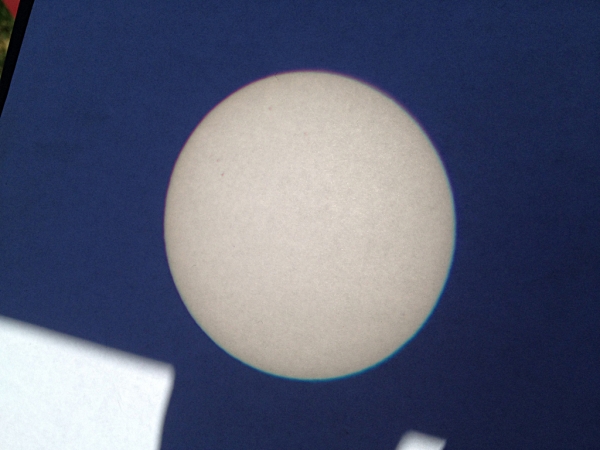
Project The Transit of Venus With Binoculars
On June 5, 2012 (or June 6th depending on your location), Venus will pass between us and the sun, obscuring portions of it sort of like a tiny eclipse. This is called a transit, and the next time Venus does this, everyone you know will be dead. So take a few minutes out of your afternoon check it out. Here is a super-easy way.
Project the sun with binoculars or a telescope
Do not look directly at the sun, especially through binoculars or a telescope. If you do, it will likely be the last thing you ever see.
Instead, you can point your binoculars or telescope at the sun and project the light coming out of the eyepiece onto a piece of cardboard or paper. The image you project will be big enough to easily see the planet’s silhouette as well as sun spots.
Dr. Doug Duncan from the Fiske Planetarium shows you how to do it safely.
You can do the same thing with your telescope. If you have a large reflector telescope, you will need to stop down the aperture. My 10" reflector generated a lot of heat during last month’s eclipse, even though 97% of the sun was blocked by the moon. To avoid damaging your secondary mirror and eyepiece, stop the aperture way down by cutting a 1" to 2" hole in a piece of cardboard and affixing it to the front of the scope where the light enters so that it is off center.
Safety tip: be sure to cap your finderscope! You don’t want to start any fires. And don’t leave your telescope or binoculars unattended!
Watch the transit online
If you don’t have access to binoculars, telescopes or a clear view of the sun, you can watch the transit live on the SLOOH SpaceCamera website.